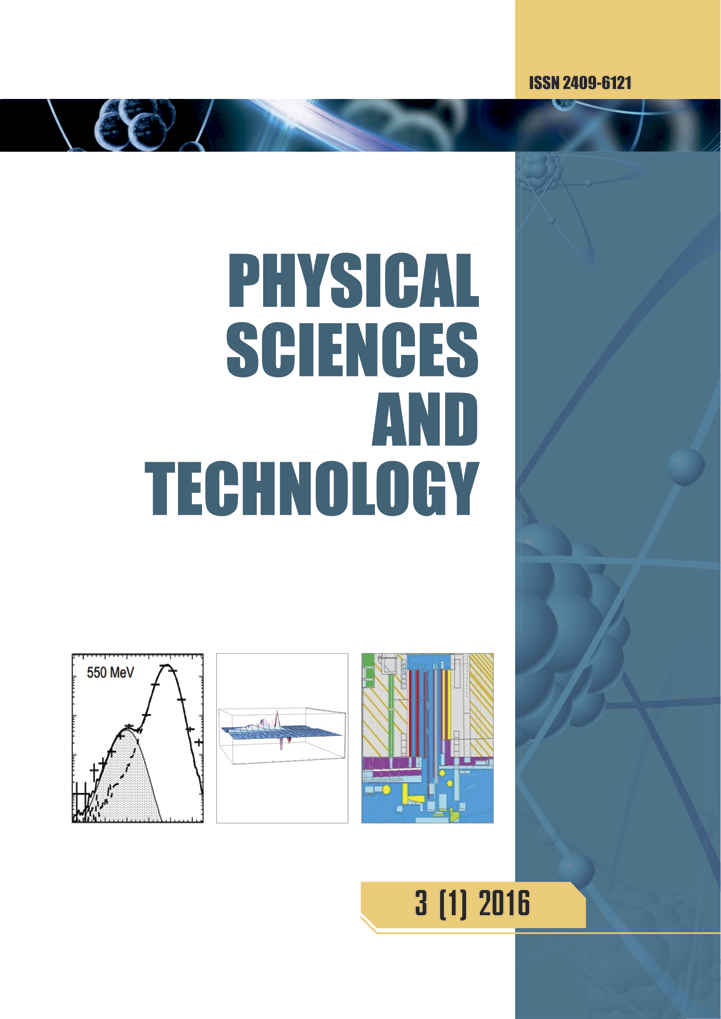On the invasiveness of the electro-optical research method in strong inhomogeneous electric and light fields
DOI:
https://doi.org/10.26577/phst.2023.v10.i1.04Abstract
Optical research methods are usually considered non-invasive, that is, they do not affect the object of study. However, under certain conditions, this is not the case. In the article, as a result of comparing experimental and calculated kerrograms, it is shown that during electro-optical measurements in nitrobenzene using the Kerr effect, a strong electric field and absorption of radiation from a probing laser affect the properties of the medium under study. An estimate of such influence on the value of the Kerr constant is made. It is found that in the tip-plane system when using a ruby laser, the Kerr constant near the tip changes. The established dependence of the Kerr constant on the distance to the tip made it possible to obtain a calculated kerrogram that coincides with the experimental one. Thus, it is shown that the measuring instruments can influence the results obtained, that is, under certain conditions, the electro-optical research method is invasive. This fact should be taken into account when processing experimental kerrograms.




